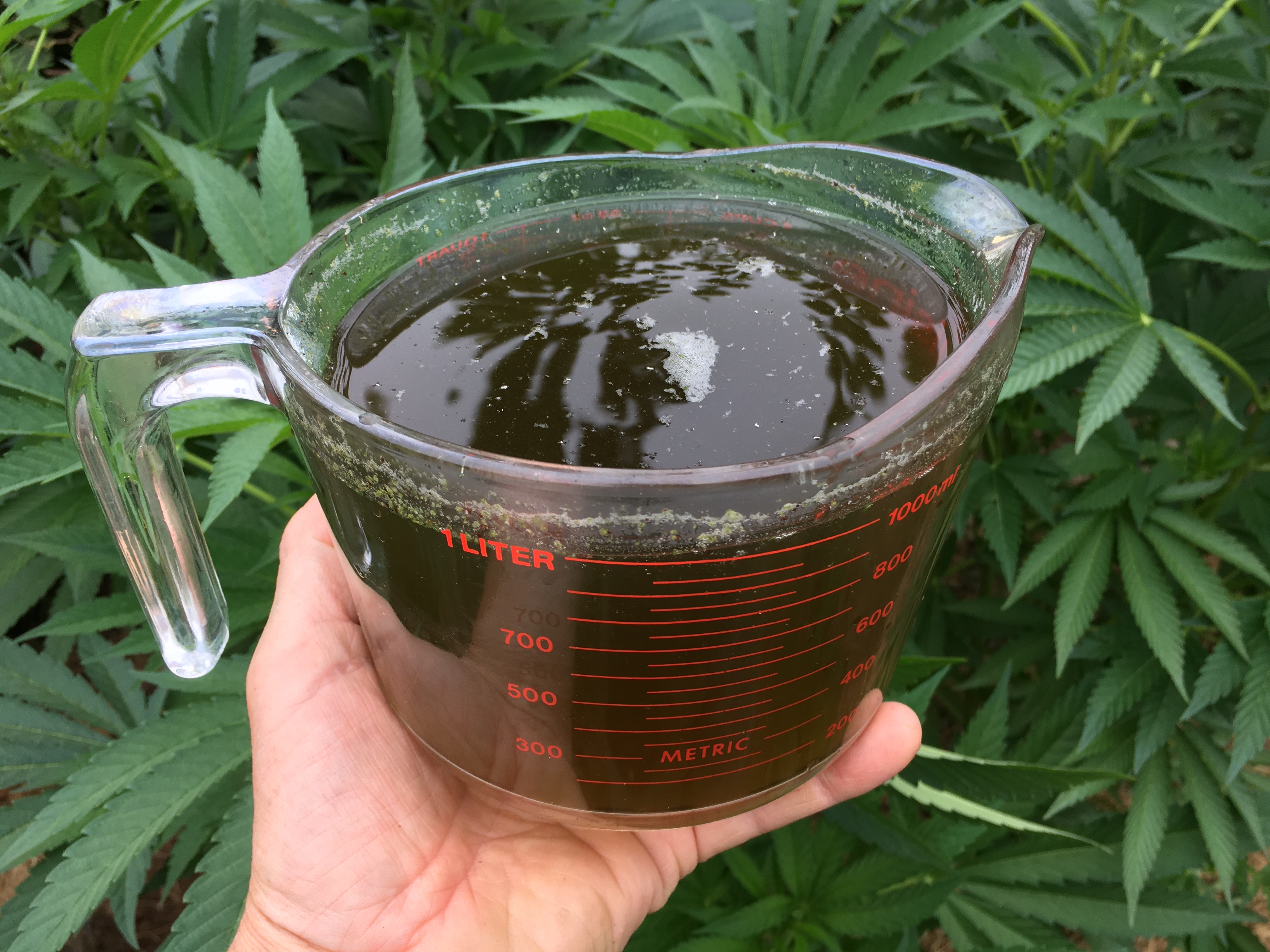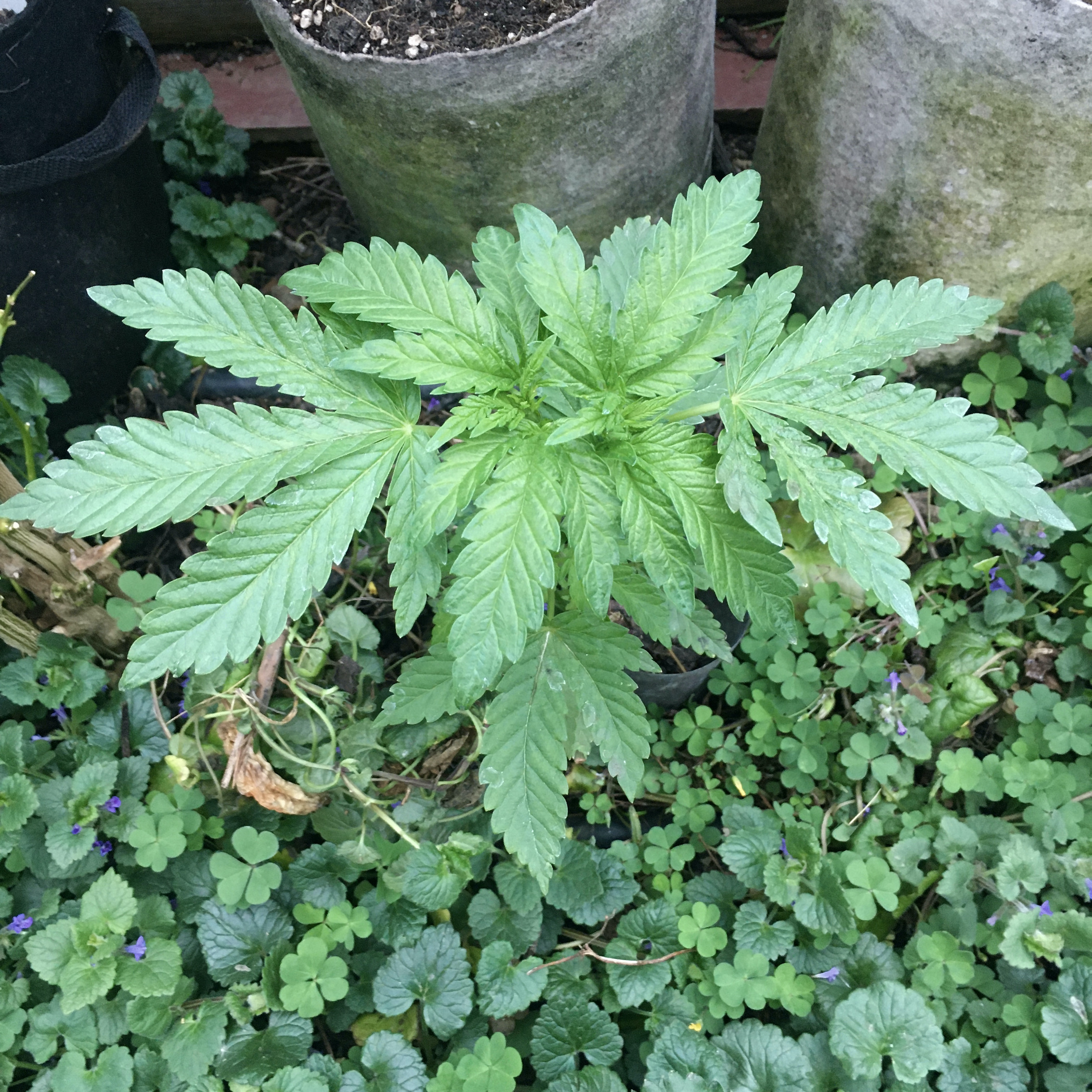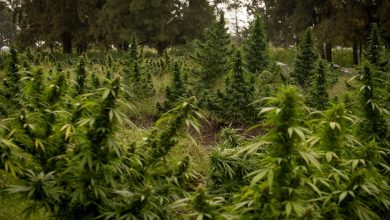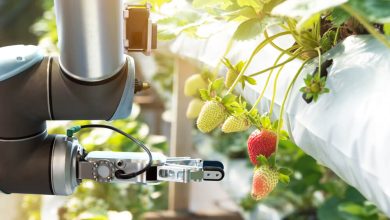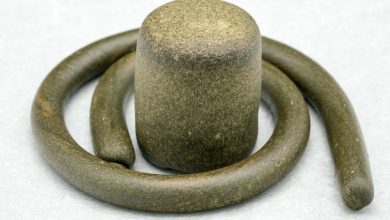Living soil, what is it and how to prepare it?- Alchimia Grow Shop
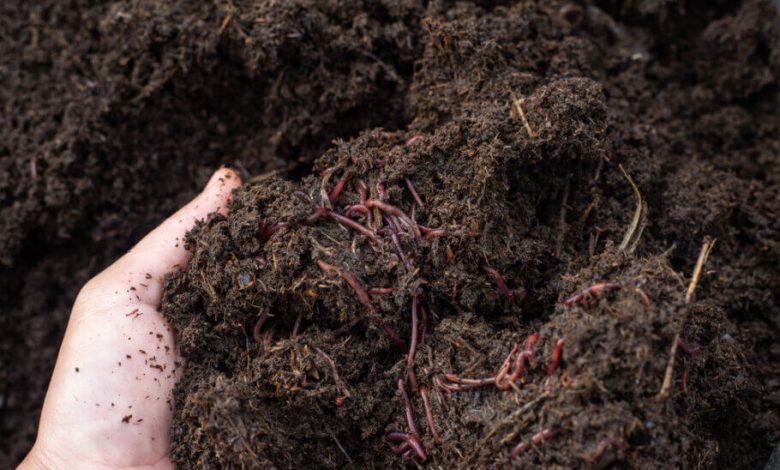
As you’ve probably noticed in recent years, the world of cannabis cultivation has been gaining popularity towards more natural and sustainable practices thanks to the application of organic cultivation techniques. One of the most fascinating and effective methods that have emerged is living soil cultivation, a cultivation system inspired by natural ecosystems that seeks to imitate the biological processes that occur in the soil, thus achieving healthier and more resistant plants.
In this article, we invite you to delve deeper into this cultivation method by answering questions such as: what is living soil, how does it work and why is it rapidly gaining followers in the cannabis-growing community? Discover with us all the secrets of this technique that is giving such good results in areas such as California or Colorado.
Living soil, the secret of healthy plants
The relationship between a living soil, full of microbial life, and healthy plants is fundamental to understanding the benefits of growing in living soil. In a living soil, the diversity of microorganisms such as bacteria, fungi, protozoa, nematodes, arthropods, and worms plays a crucial role in the nutrient cycle and the general health of the soil, and of course also of the plant. These microorganisms decompose organic matter, releasing nutrients in forms that plants assimilate. In addition, which is why microbial life is often used, some microorganisms form a symbiosis with plant roots, helping absorb nutrients and protecting them against pathogens such as the dreaded root fungi.
A diverse and active microbial community contributes to a soil structure suitable for cultivation, improving its water and nutrient retention capacity, and promoting a healthy balance in the soil ecosystem, which is very important for plants to take advantage of the available elements and show their full potential. As a result, plants grown in living soil tend to be more vigorous, resistant to diseases, and with a higher quality of nutrients, which translates into more abundant and better quality harvests, in addition to reducing the risks of fungal infections such as fusarium or pythium.
Advantages of living soil
Living soil offers you several important advantages for growing all kinds of plants, including cannabis of course. Here are some of the main advantages of this growing system:
- Environmental sustainability: By promoting soil biodiversity and reducing the need for synthetic fertilizers and plant protection products such as insecticides and fungicides, living soil promotes more sustainable and environmentally friendly agricultural practices.
- Improved soil health: The presence of a diversity of micro and macro organisms in the soil helps maintain its health and fertility in the long term, resulting in a substrate richer in nutrients and with a better structure, which favors plant growth.
- Greater resistance to diseases and pests: Beneficial microorganisms present in living soil help protect plants against diseases and pests by competing with pathogenic organisms and preventing their proliferation.
- Better nutrient absorption: Mycorrhizal fungi and other microorganisms present in the soil form symbiotic associations with plant roots, facilitating the absorption of water and essential nutrients such as nitrogen, phosphorus, and potassium.
- Reduced need for fertilizers: By promoting the decomposition of organic matter and the gradual release of nutrients, living soil reduces the dependence on mineral fertilizers, which can result in economic savings and a smaller environmental footprint.
- Improving the flavor and aroma of plants: A healthy, living soil is believed to contribute to improving the organoleptic quality of plants by providing an optimal environment for the development of aromatic compounds such as terpenes.
As you can see, this method represents a cultivation option that promotes soil health, biodiversity, and sustainability, while also being able to improve the quality and yield of the plants grown in it.

Are living soil and super soil the same thing?
The terms “living soil” and “super soil” are related, although as you will see there are important differences in their approach and composition:
- Living soil refers to a living, active soil, filled with both beneficial microorganisms and macroscopic organisms that play a vital role in nutrient cycling and soil vitality and health. This approach seeks to recreate a complete ecosystem in the soil, as it typically occurs in nature, where microbial diversity and biological activity are critical to maintaining a natural balance and promoting healthy plant growth. Living soil is based on the idea of mimicking natural processes that occur in terrestrial ecosystems, minimizing human intervention, and allowing the soil to self-regulate.
- On the other hand, super soil is a pre-made mix of nutrient-rich substrates designed to provide plants with everything they need for growth, flowering, and development without the need for additional fertilizers throughout the plant’s life cycle. In other words, it is a substrate designed so that you can carry out the entire cultivation by watering only with water. Although super soil can also contain beneficial microorganisms, its main focus is on providing a rich and balanced source of nutrients for plants. Therefore, you can find (or make) a 100% organic super soil with micro life, as would be the case with living soil, although it can also be prepared with solid mineral nutrients, which does make a clear difference between both systems.
While living soil focuses on fostering a complete, self-sustaining ecosystem in the soil, super soil is more geared towards creating a highly nutritious, pre-made substrate for growing plants. Both approaches have the primary goal of growing healthy, vigorous plants, but as you can see, they differ in their specific methods and approaches, so they are not the same thing.
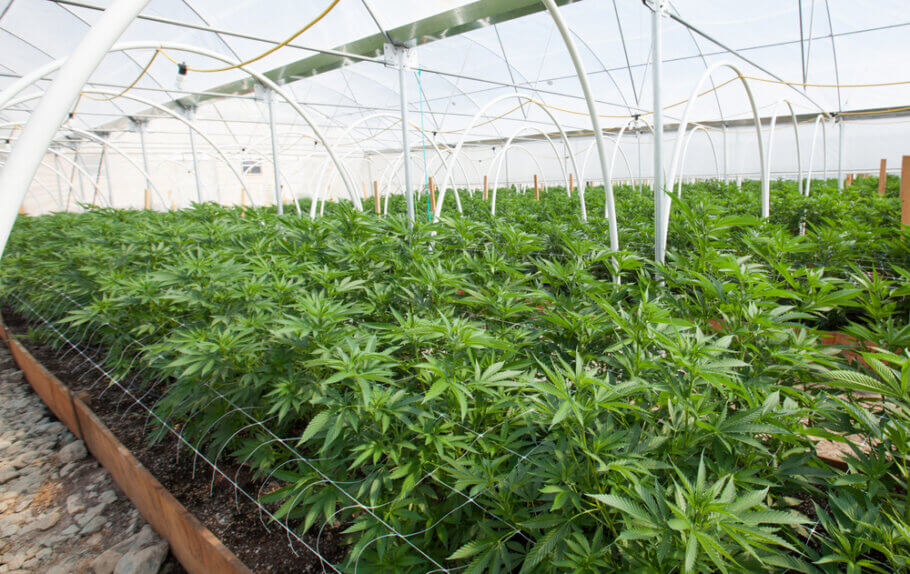
Materials to make a living soil
As we’ve seen, living soil is a blend of organic ingredients designed to mimic natural soil conditions and sustainably promote plant health. If you’re interested in making living soil, here are some of the ingredients you’ll need:
- Base substrate: The base substrate can consist of a mixture of peat, coconut, leaf compost, vermiculite, and perlite. It provides a porous structure for the soil that facilitates drainage and water retention.
- Compost: Organic compost provides a rich source of nutrients and beneficial microorganisms for the soil, helping to improve its structure and promoting plant health and development. Like worm castings, it can be added in liquid form through compost tea during irrigation.
- Worm humus: Worm humus is a nutrient-rich organic fertilizer that helps improve soil structure, increases water retention capacity, and promotes microbial activity in the soil. It can be added to the soil in solid form, although humus teas can also be prepared for use in irrigation.
- Seaweed: Seaweed powder provides a source of essential nutrients, including trace elements and minerals, that benefit plant growth and development.
- Minerals: Minerals such as dolomite (to balance pH), rock dust (to provide nutrients), and potassium sulfate (to provide potassium) can be added, thus improving soil quality and promoting plant health.
- Additional organic matter: Other organic ingredients such as banana peels, crop residues, and seed or plant meal such as nettle meal can be included to further enrich the soil and promote microbial activity. Occasional use of molasses in irrigation to feed soil micro life is a common practice.
Together, all of these components work in synergy to create a rich and balanced environment that promotes plant health, improves soil quality, and increases resistance to diseases and pests, especially those that attack the root system and are almost impossible to eradicate once installed.
Compost Tea in the Cannabis Garden
Compost tea is an essential component in organic gardening, a homemade plant supplement and soil improver that inoculates the substrate with beneficial microbes. In this post, we talk about its popularity among naturally-minded cannabis growers and tell you how to make your own actively aerated compost tea!
Macro and microorganisms in living soil
In addition to the materials mentioned above, which will serve as a base or support for the plants, for soil to be living it needs precisely that… life! To imitate the natural conditions of good soil, when preparing a living soil a series of macro and microorganisms are usually added that will be responsible for maintaining the balance in the substrate, making the nutrients available to the roots and protecting them against attacks by harmful fungi or bacteria. Here is a list of some of the most common:
Microorganisms
- Bacteria: Including nitrogen-fixing bacteria that convert atmospheric nitrogen into forms usable by plants, as well as decomposer bacteria that break down organic matter and release nutrients into the growing medium. Beneficial bacteria such as Bactrex will also help protect roots from potential threats.
- Fungi: Especially mycorrhizal fungi such as Mycotrex, which form symbiotic associations with plant roots, increase their ability to absorb nutrients and water from the soil. In addition, by colonizing parts of the substrate close to the roots, they protect them against the establishment of other harmful fungi.
- Protozoa: These are single-celled organisms that feed on bacteria and other microorganisms in the soil, helping to control microbial populations and release nutrients. They are important for maintaining the balance between different colonies of organisms.
- Nematodes: Tiny worms that can be both beneficial and harmful to plants, depending on the species. Some nematodes are predators of soil-borne pathogens, while others can damage plant roots.
- Actinomycetes: Microorganisms similar to bacteria but with characteristics of fungi, which decompose organic matter and produce antibiotic compounds that can protect plants against diseases.

Macroorganisms
- Earthworms: Help improve soil structure and air circulation, break down organic matter, and produce nutrient-rich excrement that benefits plants.
- Mites and other arthropods: Including predatory mites that feed on soil pests and other insects and spiders that play diverse roles in the soil ecosystem.
- Insects: Such as beetles, grubs, and other insects that can contribute to the decomposition of organic matter and the cycling of nutrients in the soil.
- Small vertebrates: Such as mice, moles, and salamanders, can influence soil structure and populations of other organisms by burrowing and feeding.
- Other plants or covers: Both plant covers (living plants) and mulching (dead plants) contribute to soil health and fertility, and their combination in living soil can offer synergistic benefits for plant cultivation.
Cover Crops, Green Manure & Mulch for cannabis
Sustainable organic cultivation makes great use of cover crops, green manure and mulching – techniques aimed at improving soil structure, increasing fertility and boosting microbial life. In this post, we will examine the advantages of using these methods, which plants to use as cover crops and how to manage them.
As you already know, all of these micro and macro organisms work together to help you maintain a healthy balance in your soil, break down organic matter, release nutrients, improve the substrate structure, and protect plants from diseases and pests. Of course, it is unnecessary to add all of them to your soil in case you want to prepare a living soil, but adding at least beneficial fungi, bacteria and worms will greatly improve the qualities of your substrate.
If you are interested in taking a step forward in your activity as a grower and being more respectful of the environment, which is ultimately where both you and your plants will develop, the living soil method is undoubtedly one of the options you should consider. Not only to use fewer pesticides and fertilizers but to discover the pleasure of letting Nature do its work while you enjoy flowers of the highest possible quality.
Happy harvest!
References:
- The Living Soil: Fundamentals of Soil Biology, Rajshree Verma, Manisha Dev, Neha Chakrawarti
- The Living Soil, Fiona Brennan, Aoife Duff
- Living Soils, William Settle
